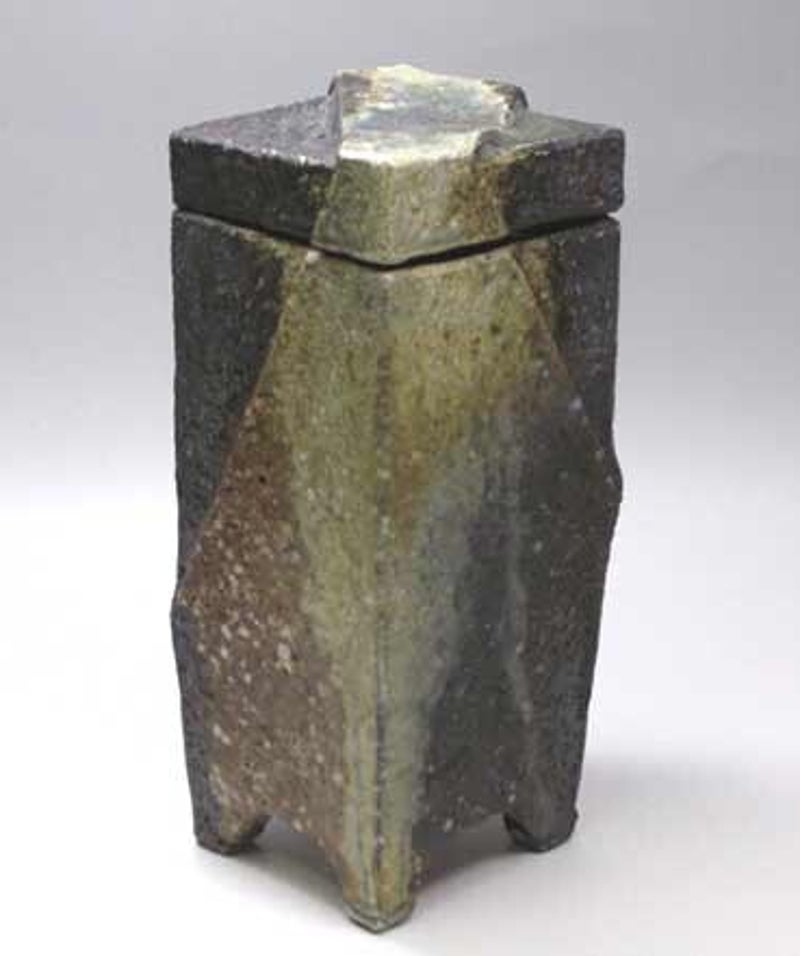61. Yoshitaka Hasu 蓮善隆

Yoshitaka Hasu was born in 1949 in Sasebo, Nagasaki Prefecture. He initially studied mechanical engineering at the National College of Technology and worked for some time in telecommunications development before choosing a career in ceramics. He apprenticed at Iga with Shiro Banura, an admirer of the renowned ceramist and epicurean,chef and restorer, Kitaōji Rosanjin (1883-1959), who worked to remove a divide between art and utensils, for example, by serving delicious dishes on exquisitely handmade tableware and surrounded by floral arrangements in beautiful vases. Kitaōji Rosanjin's aesthetic philosophy that blurs the distinction between utility and art was also a major influence on Yoshitaka Hasu's work through Shiro Banura.
Yoshitaka Hasu technique is that of a sculptor. He employs the Kurinuki technique, a traditional Japanese form of hand-forming. This involves shaping a block of clay by hand and then carving it from the inside out to create "interior space. It is a more sculptural approach to making, and the inside of the piece is just as important as the outside. The idea behind Kurinuki is that it should be spontaneous and "alive," that the work should show the traces of the maker, that these traces should be intentional and valuable in themselves because they show the making process. With Yoshitaka Hasu, it is in this process of cutting away the superfluous that the powerful, direct and highly dynamic lines for which he is known arise. The powerful and rough forms of his sculptures are then highlighted by a unique combination of natural ash glaze and iron glaze, which is poured freely over the surface. Yoshitaka Hasu has held many solo exhibitions throughout Japan and some in the United States.

Tiered Box 2008 - The Gitter-Yelen Foundation and Art Study Center

Iga Yohen Vase - Gallery Tosei

Iga Yohen Vase - Gallery Tosei

ga Yohen Vase - Touching Stone Gallery

Maak jouw eigen website met JouwWeb